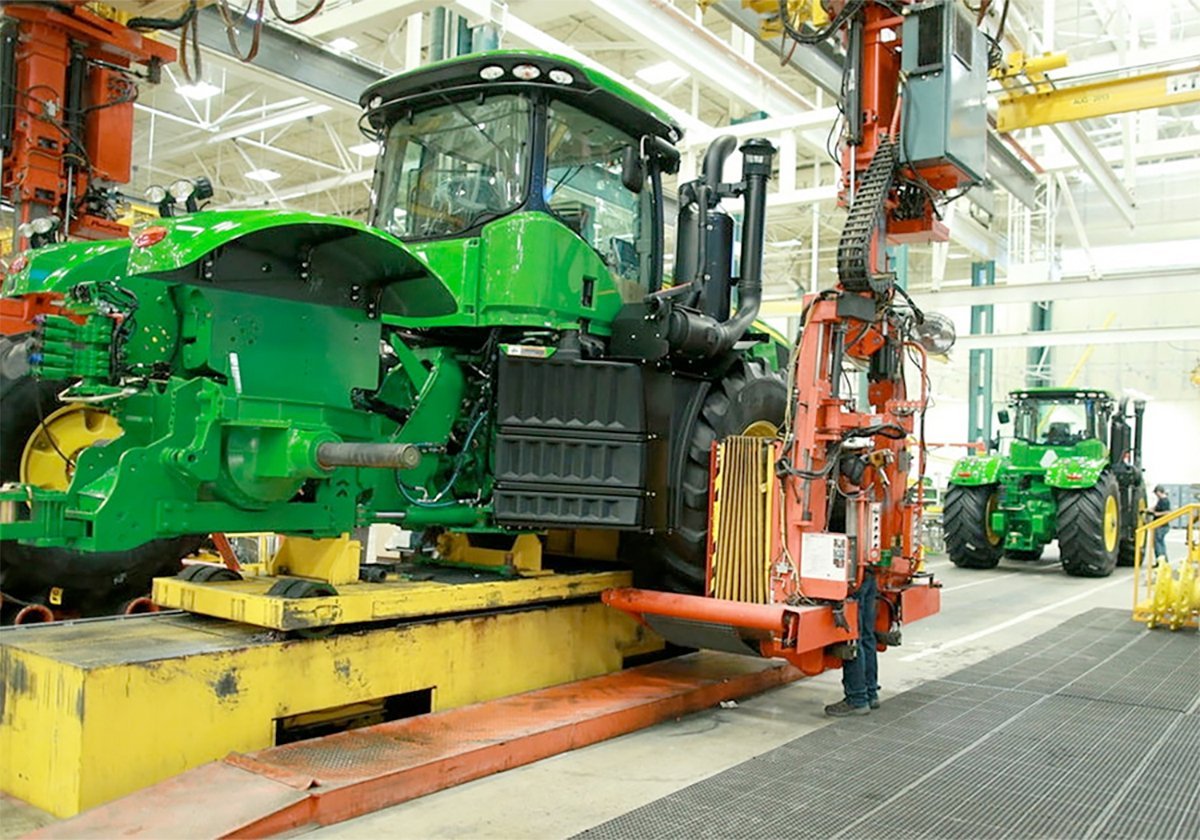IF plans at Environment Canada go through unchecked, the agricultural
industry had better brace for another regulatory body blow.
While the department may state good intentions – preserving the
country’s water quality and reducing harmful pollution – the impact of
adding water and air-borne ammonia to the list of regulated toxic
substances has far-reaching implications.
The new regulations may be three to five years away, but producers and
agri-businesses cannot afford to wait and see how it comes out.
Read Also

Trump’s trade policies take their toll on Canadian producers
U.S. trade policy as dictated by president Donald Trump is hurting Canadian farmers in a multitude of ways.
The added regulatory nightmare for ammonia-based fertilizer dealers,
intensive livestock operators and producers who wish to use these
fertilizers or manure is potentially staggering.
The concept being discussed inside the federal government is aimed at
protecting waterways from municipal effluent. It’s a worthy goal.
But the environment department has also called for more study into
runoff from ILOs and manure-fertilized fields.
Respectable producers and businesses welcome the proper initiatives to
fix such problems. But the current proposal casts too wide a net.
Suggesting that farmers are spreading toxic substances on land in
ammonia-based fertilizers and manure could develop into a public
relations disaster.
The backlash from a public misconception could stigmatize farmers, who
already face pressures due to misunderstandings about pesticide use,
genetically modified products and their ability to deliver safe,
healthy food to market.
As well, intensive hog barns, already under intense scrutiny over
manure management, could be left with a nasty manure disposal problem
if their ability to spread manure on neighbouring land is unfairly cast
into doubt.
Then there’s the gargantuan question of who would pay for the added
regulations, monitoring and manure disposal problems.
Environment minister David Anderson’s response has been less than
encouraging. He said in the House of Commons that the government must
protect Canadians from health risks posed by agriculture and any other
industry. But who will protect agriculture from government?
Options exist. The suggestion by agriculture interests that the
government exclude ammonia used for agricultural purposes from its
toxic substance list is one way.
Even better is for government to use pollution control laws instead of
declaring ammonia a toxic substance. This would better target the real
culprit – municipal effluent. Similar pollution laws and proper
enforcement could also control runoff from manure-fertilized fields and
ILOs.
By attacking the problem from this angle, the government hits offenders
and does not smear responsible users of bona fide agricultural products.














